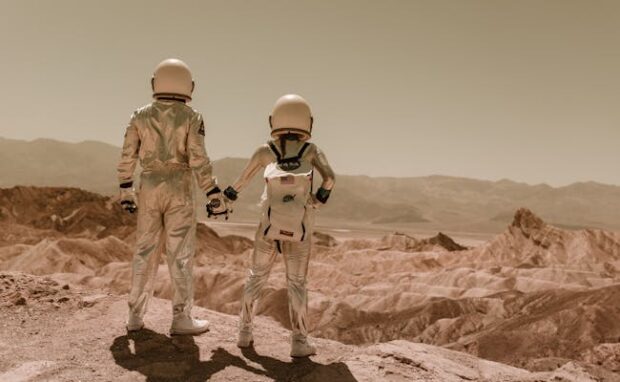NASA asks volunteers to live like a Martian in CHAPEA 2
The best getaway vacation you’ve ever dreamed of pales in comparison to this out-of-this-world experience: spending 12 months on Mars! NASA announced it is accepting applications for its upcoming CHAPEA Mission 2. It will simulate how humans respond to a Mars-like environment to guide future space explorations.
The mission will follow the rigid requirements for astronauts, so it will make you feel like a real one. You must be a US citizen aged 35 to 55 with a Master’s degree in a STEM field. For the rest of us, CHAPEA 2 will show us how a regular person like you might live on the Red Planet! After all, NASA plans to have Martian colonies soon.
How does CHAPEA 2 work?
CHAPEA or the Crew Health and Performance Exploration Analog is a series of three ground-based experiments that study the effects of living and working on Mars.
Its ultimate goal is to send humans to the Red Planet in the 2030s. The National Aeronautics and Space Administration will choose four crew members who will live in a 3D-printed Mars Dune Alpha habitat.
The simulation will be at NASA’s Johnson Space Center in Houston. It will mimic a Martian outpost’s conditions with limited resources, communication delays, equipment malfunctions, and other problems.
The participants will also perform various tasks like simulated spacewalks, crop growth, habitat maintenance, robotic operations, and exercise. Moreover, they will have to deal with the psychological and social issues of living with a small group for an extended period.
The official website said NASA wants healthy, motivated US citizens or permanent residents aged 35 to 55 who don’t smoke.
Also, applicants must have “a strong desire for unique, rewarding adventures and interest in contributing to NASA’s work for the first human journey to Mars.
READ: Scientists 3D-print heart tissue
“Crew selection will follow additional standard NASA criteria for astronaut candidate applicants,” the website added. Volunteers should have at least one of the following
- Master’s degree in a STEM field like engineering and math
- Physical or computer science degree from an accredited institution with two years of professional STEM experience or a minimum of 1,000 hours of aircraft pilot experience
- Two years of work toward a doctoral program in science, technology, engineering, and math
- Completed a medical degree or a test pilot program
- Completed military officer training or a bachelor of science degree in a STEM field with four years of professional experience
Volunteers may also earn compensation for CHAPEA 2, but NASA will provide more details later.
How did CHAPEA 1 work?

I reported about the first NASA Mars simulation last year in this article. The first CHAPEA mission launched on June 25, 2023.
It uses the 3D-printed Mars Dune Alpha structure like CHAPEA 2. Also, the 1,700-square-foot structure contains these features:
- Common lounge areas
- Dedicated medical station
- Dedicated workstations
- Four private crew quarters
- Galley and food growing stations
READ: What’s inside the Moon’s core?
The space research organization selected the following people for CHAPEA:
- Kelly Haston
- Ross Brockwell
- Nathan Jones
- Anca Selariu
Like the second mission, they underwent stressful situations like communication delays and environmental stressors. Also, they must contend with these conditions for 378 days.